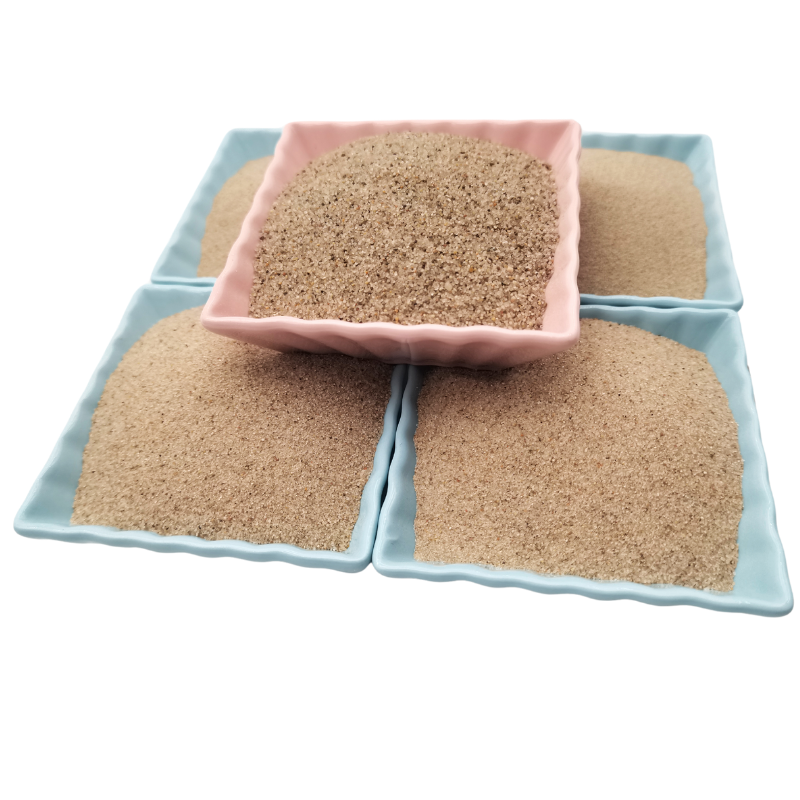
Microsilica Production Facilities Overview and Key Considerations for Manufacturers
The Growing Industry of Microsilica Production
In recent years, the demand for microsilica has surged significantly, driven by a multitude of industrial applications. Microsilica, also known as silica fume, is a byproduct of silicon and ferrosilicon production, composed of extremely fine particles that measure less than 1 micron in diameter. This material is recognized for its pozzolanic properties, which allow it to enhance the performance of concrete and cement-based products. As a result, microsilica is increasingly sought after in industries ranging from construction to automotive manufacturing.
Understanding Microsilica
Microsilica is highly valued for its ability to improve the mechanical and durability properties of concrete. When added to concrete mixtures, it reacts with calcium hydroxide, forming additional calcium silicate hydrate, which contributes to the strength and durability of the final product. Additionally, microsilica helps to reduce the permeability of concrete, making it more resistant to chemical attack and environmental factors. This has significant implications for infrastructure projects, particularly in regions where weather conditions can be harsh and corrosive.
The Rise of Microsilica Production Factories
The establishment of microsilica production factories has been on the rise, particularly in regions with high industrial activity. These factories are often strategically located near silicon metal production facilities to streamline the collection and processing of silica fume. By efficiently capturing this byproduct, factories not only reduce waste but also create a valuable material for construction purposes.
Several factors contribute to the growth of microsilica production facilities. One of the primary drivers is the rapid growth of the construction sector globally. Major infrastructure projects, including roads, bridges, and buildings, require high-performance concrete, which is where microsilica comes into play. Furthermore, government regulations regarding environmental sustainability are encouraging industries to find eco-friendly alternatives and reduce waste. The use of microsilica fits this model by utilizing a byproduct rather than virgin materials.
Technological Advancements in Production
microsilica production factories

Modern microsilica production facilities are equipped with advanced technologies that enhance the efficiency and quality of the produced material. Automation and precision technology ensure that the microsilica meets necessary industry standards for particle size and chemical composition. Moreover, innovative collection systems prevent the loss of silica fume during the production process, maximizing yield.
In addition, the focus on sustainable practices has led to the implementation of energy-efficient processes and the use of renewable energy sources in some factories. By adopting greener methods, microsilica production not only contributes to sustainability in construction but also positions itself as an environmentally responsible industry.
Market Expansion and Future Prospects
The global market for microsilica is poised for continued growth. With increasing urbanization and infrastructure development, along with the rising awareness of sustainable construction practices, the demand for high-performance concrete is expected to rise. Key markets for microsilica include Asia-Pacific, Europe, and North America, where major construction projects are underway or planned.
Moreover, the use of microsilica is expanding beyond just traditional concrete applications. Emerging technologies and industries, such as electric vehicle manufacturing and energy storage, are beginning to adopt microsilica for its beneficial properties. This diversification of applications points to a bright future for microsilica production factories.
Conclusion
In summary, the microsilica production industry is experiencing significant growth, driven by the increasing demand for high-performance materials in construction and other sectors. As factories continue to innovate and adopt sustainable practices, they play a vital role in the circular economy by turning waste into valuable resources. The future of microsilica and its production factories appears bright, as they increasingly contribute to building smarter, more durable infrastructures and support global sustainability goals. Ultimately, the expansion of this industry not only fulfills market needs but also promotes a more sustainable approach to construction and manufacturing.
Share
-
Premium Talcum Powder Enhanced with GPT-4 Turbo | Soft & Long-LastingNewsAug.02,2025
-
Fly Ash Solutions Enhanced by GPT-4 Turbo | Sustainable InnovationNewsAug.01,2025
-
Natural Premium Bentonite Cat Litter - Superior ClumpingNewsJul.31,2025
-
Premium Resin Coated Sand - High Heat Resistance CastingNewsJul.31,2025
-
High Quality Silicon Carbide Grit for Abrasive ApplicationsNewsJul.30,2025
-
High-Quality Ceramsite for Plants & Gardening | Lightweight PebblesNewsJul.29,2025






